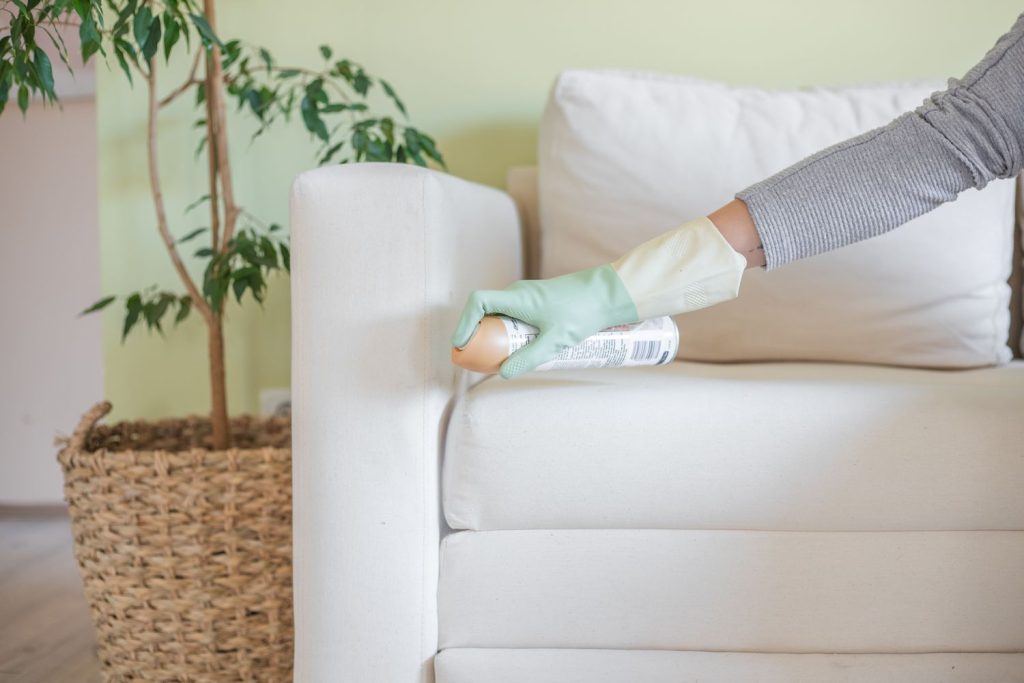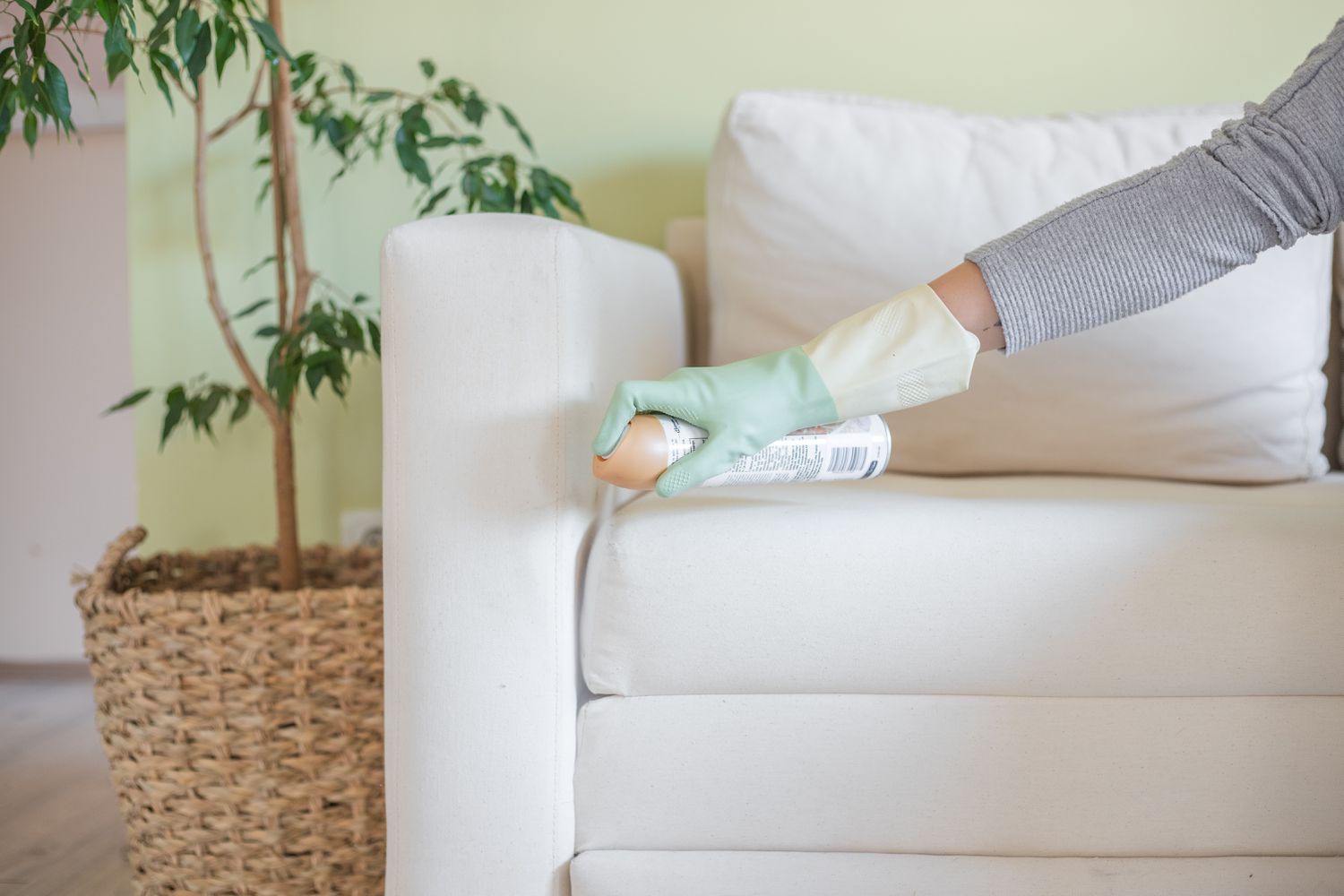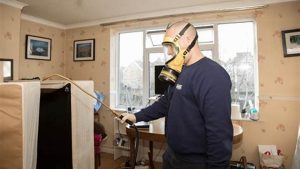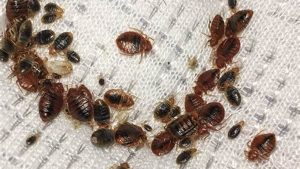Bed bugs are tiny, parasitic insects that feed on blood, usually at night. They’re experts at hiding and can make their homes in various places, including your couch. These pests are notorious for causing itchy bites and psychological distress, and they can be a real nightmare to deal with. But why do they love couches so much? Simply put, couches offer plenty of crevices and dark spots, making them an ideal hiding place.
Signs of Bed Bug Infestation

Before you panic, let’s talk about the signs that indicate a bed bug infestation. First, look for physical signs like blood stains on cushions or dark spots, which are bed bug feces. You might also find shed skins, eggs, or even a musty odor around your couch. Additionally, if you or your family members have itchy red welts after sitting on the couch, it’s a strong indicator that bed bugs might be present.
Step-by-Step Guide to Inspecting Your Couch
Inspecting your couch for bed bugs doesn’t have to be a daunting task. Here’s a straightforward guide to help you out:
Tools Needed
- Flashlight
- Latex gloves
- Magnifying glass
- Credit card or similar flat object
Inspection Process
- Cushions: Start by removing the cushions. Check the seams, zippers, and the area underneath. Bed bugs love to hide in these spots.
- Frame: Don’t forget the frame of the couch. Pay special attention to crevices and joints where bed bugs might be lurking.
- Underside: Flip the couch and inspect the bottom fabric and legs. This area is often overlooked but can be a hotbed for bed bugs.
- Additional Areas: If your couch has storage compartments or recliner mechanisms, make sure to inspect those as well
- .
What to Do If You Find Bed Bugs
So, you’ve found bed bugs. What now? First, isolate the couch by wrapping it in plastic to prevent the bugs from spreading. Check surrounding furniture and areas for signs of infestation. For DIY treatments, start by vacuuming the couch thoroughly, followed by steam cleaning. You can also apply diatomaceous earth, a natural insecticide. However, if the infestation is severe, it’s best to call a professional pest control service. They have the expertise and tools to handle the situation effectively.
Preventing Future Infestations
Prevention is always better than cure. Regular inspections can help you catch infestations early. Aim to check your couch and other furniture at least once a month. To prevent bed bugs from entering your home, be cautious when bringing in second-hand furniture and use bed bug interceptors on furniture legs. Keeping your home clutter-free can also reduce hiding spots for these pesky invaders.
Conclusion
In summary, regular inspections and prompt actions are crucial in dealing with bed bugs. Don’t wait until it’s too late—inspect your couch today and take the necessary steps to keep your home bed bug-free. Share this article with friends and family to spread awareness and help others tackle this common issue.By following these steps, you can ensure that your couch remains a comfortable and safe place for you and your family. Happy inspecting!
FAQ: How to Check for Bed Bugs in Your Couch
1. What are the signs of bed bugs in a couch?
Bed bugs leave several telltale signs, including blood stains on cushions, dark spots (feces), shed skins, eggs, and a musty odor. Additionally, itchy red welts on your skin after sitting on the couch can indicate their presence.
2. Why do bed bugs infest couches?
Couches provide numerous hiding spots, such as seams, zippers, and crevices in the frame. They also offer easy access to human hosts, making them an attractive location for bed bugs.
3. How often should I check my couch for bed bugs?
It’s advisable to inspect your couch and other furniture at least once a month to catch any signs of infestation early.
4. What tools do I need to inspect my couch for bed bugs?
You will need a flashlight, latex gloves, a magnifying glass, and a credit card or similar flat object to thoroughly inspect your couch.
5. How do I inspect my couch for bed bugs?
Remove the cushions and check seams, zippers, and underneath. Inspect the frame, especially in crevices and joints. Flip the couch to examine the bottom fabric and legs. Also, check any storage compartments or recliner mechanisms.
6. What should I do if I find bed bugs in my couch?
First, isolate the couch by wrapping it in plastic to prevent the bugs from spreading. Check surrounding furniture and areas for signs of infestation. For DIY treatments, vacuum thoroughly, steam clean, and apply diatomaceous earth. If the infestation is severe, contact a professional pest control service.
7. Can I get rid of bed bugs in my couch on my own?
Yes, you can try DIY treatments like vacuuming, steam cleaning, and using diatomaceous earth. However, for severe infestations, it’s best to seek professional help.
8. How can I prevent future bed bug infestations in my couch?
Regular inspections, avoiding second-hand furniture, using bed bug interceptors on furniture legs, and keeping your home clutter-free can help prevent future infestations.
9. Are bed bugs harmful to my health?
While bed bugs are not known to transmit diseases, their bites can cause itchy red welts and allergic reactions in some individuals. The psychological stress of an infestation can also be significant.
10. When should I call a professional for bed bug treatment?
If you have a severe infestation or if DIY treatments are not effective, it’s time to call a professional pest control service. They have the expertise and tools to handle the situation effectively. This FAQ aims to provide comprehensive answers to common questions about checking for bed bugs in your couch, helping you take proactive steps to identify and address infestations.



